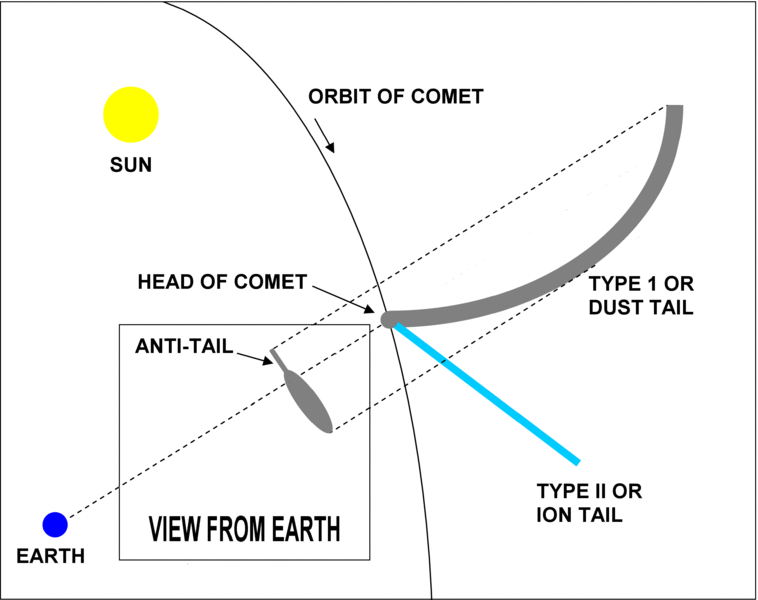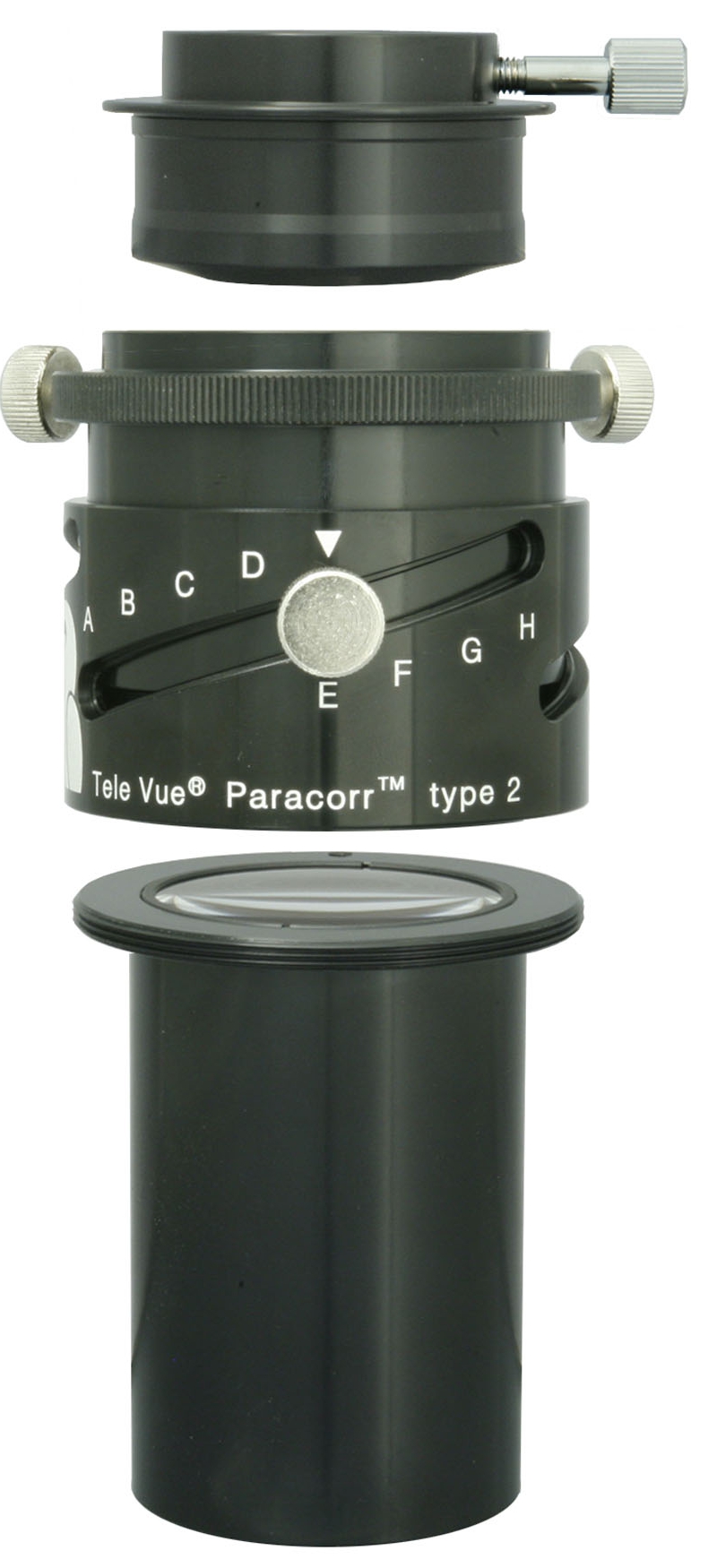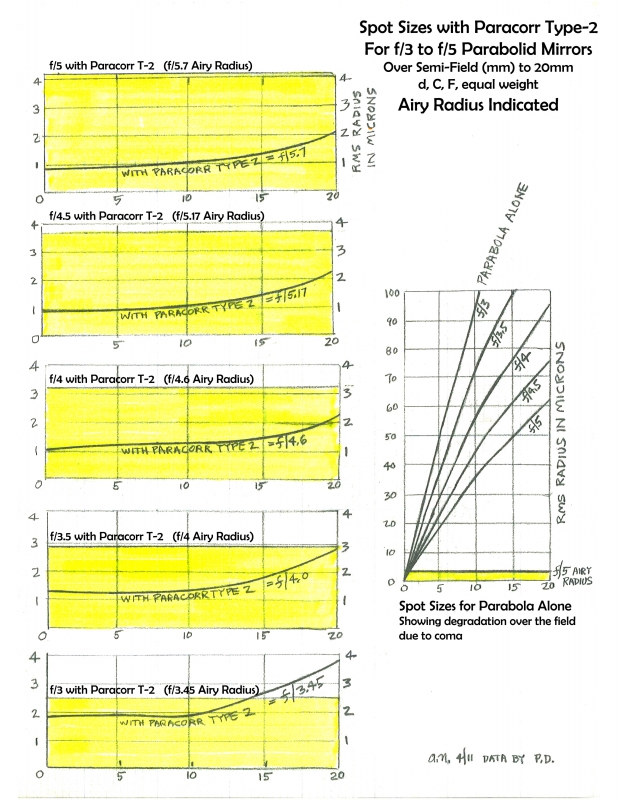The Apparition of C/2023 A3 (Tsuchinshan–ATLAS)
Comet C/2023 A3 (Tsuchinshan–ATLAS) did not become a daylight comet as some had predicted — nevertheless the dirty-snowball put on a fine show in the twilight skies. This visitor from the Oort Cloud of icy bodies at the edge of the solar system was the third comet discovered in January 2023 (hence the designation C/2023 A3). It was closest to the Sun at perihelion on September 27, 2024 at a distance of 0.39 AU and magnitude of at least -4 — though very few saw or imaged it.
This gallery of Comet C/2023 A3 images contains views of the comet from late September to early November and highlights the changing nature of the object.
September: Pre-Dawn Comet
Most of the images on this blog were taken when the comet transitioned into the evening sky after it rounded the Sun and began the long journey back to the Oort cloud. This gave imagers the luxury of setting up their gear in the warmth of daylight and the time to spot the comet in deepening twilight and start experimenting with exposures. The image below, however, was taken by a hardier soul: someone that camped out at the frigid altitude of 11,700 feet elevation to catch the comet while still in the dawn sky. Jeremy Evans had to race the Sun to image the comet — just a few degrees above the horizon — as the twilight reached ever higher to erase the fragile contrast between the comet and sky. “This was a challenge to catch” says Jeremy, “fortunately it appeared above the clouds just before the sun washed it out.”

Mid-October: Anti-Tail and Comet / Cluster Conjunction
Bill Fallon caught the comet showing an anti-tail as it sailed by globular cluster M5 in Serpens. The comet had crossed the plane of the Earth’s orbit on October 14th which made visible debris too large to be blown away by the solar wind. This debris appeared from Earth as an anti-tail extending from the head of the comet. Bill’s image was an AstroBin “Top Pick” nomination.

Late-October: Less Lunar Interference
The Moon was full on October 17th which made it hard to image the comet. But just five days later, the Waning Gibbous was only 64% full, and rose hours after sunset. Guangyan Gao not only had to wait for the moon to be out of the early-evening sky, but clouds too.
“After two weeks of clouds in Seattle, there was finally a break in the weather. In an effort to try to get a good image of the comet, I made my way over to the mountain pass to try to catch a final glimpse of the comet. While it had dimmed considerably to around magnitude 4.5, with no more full moon in the sky, it was still a beautiful naked-eye object (even more amazing through binoculars). Through my f/4 Newtonian telescope, the darker sky allowed me to capture significantly more detail in in the comet’s tail, and the Paracorr-2 helped ensure pin-point stars across the entire field.”
Guangyan’s image below is an AstroBin “Top Pick” nomination.

Bill Fallon’s Tele Vue-NP127is also did a fine job on October 25th when the moon was in the last-quarter phase and rose very late at night.

November 1st: New Moon and Fading Comet
At the start of November, the comet had a 56° elongation from the Sun. It was no longer a race against time to image the comet before it set. The converse was that at 1 AU distant from the Sun, it wasn’t the bright comet it was a month earlier. The new moon on November 1st signaled the start of a final opportunity to image the comet before the brightening moon would blot it from the sky. Ryan Noonan used his Paracorr equipped Newtonian to both view and image the comet on that date: “I’d had a great experience with the Paracorr, both for visual as well as for imaging!”

Did you observe, sketch, or image with Tele Vue gear? We’ll like your social media post on that if you tag it #televue and the gear used. Example:
#televue #tv85 #ethos #C/2023A3
Do you want your Tele Vue images re-posted on Tele Vue Optics’ Social Media accounts? Use this hashtag for consideration:
#RPTVO





